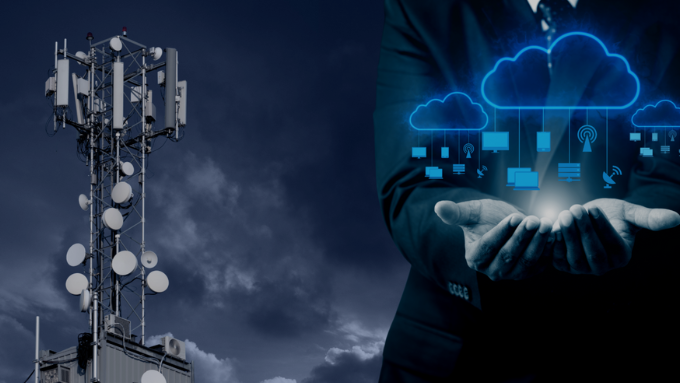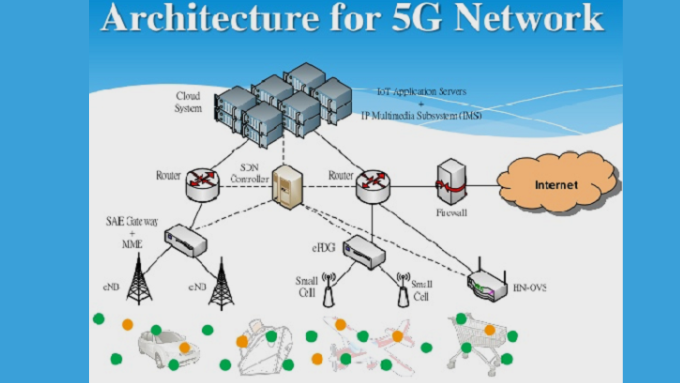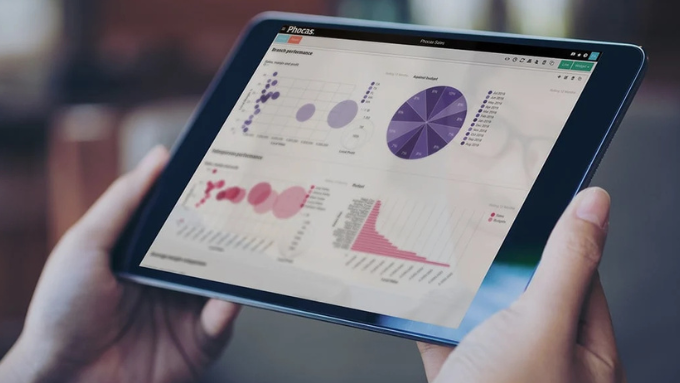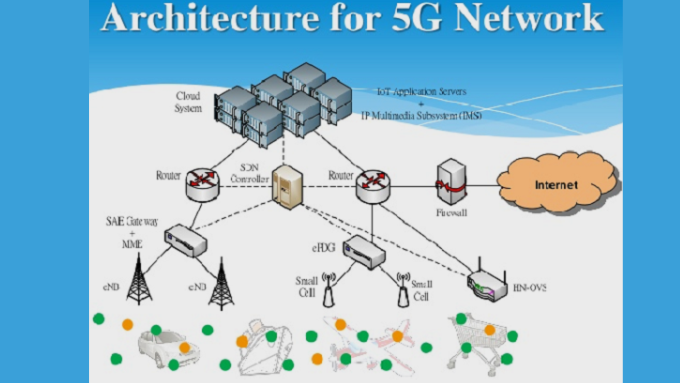Add Your Heading Text Introduction: A New Era for Enterprise IT
The rollout of 5G in enterprise IT marks a revolutionary shift in how businesses operate, communicate, and scale. While earlier wireless generations focused largely on consumer needs, 5G network transformation is tailored for enterprise-grade applications. It brings ultra-low latency, higher bandwidth, and massive connectivity—fundamentally reshaping modern IT infrastructure.
In this article, we’ll explore how 5G technology is redefining enterprise infrastructure, boosting agility, enabling real-time operations, and unlocking a future of smart, scalable, and secure business environments.
What is 5G and Why It Matters for Enterprises
5G, the fifth generation of wireless communication, offers speeds up to 100 times faster than 4G and latency as low as 1 millisecond. But beyond speed, 5G in enterprise IT is about enabling transformation across sectors such as manufacturing, logistics, healthcare, and finance.
Key Features of 5G Impacting IT Infrastructure:
Ultra-reliable low latency communication (URLLC)
Massive machine-type communications (mMTC)
Enhanced mobile broadband (eMBB)
These attributes open the doors for edge computing with 5G, smarter IoT deployments, and remote work environments powered by real-time data.

How 5G is Reshaping Enterprise IT Infrastructure
et’s break down the specific areas where 5G network transformation is creating tangible changes in enterprise IT.
1. Edge Computing with 5G: Enabling Real-Time Processing
Traditional IT architecture relies heavily on centralized cloud data centers. However, the latency introduced by sending data back and forth to the cloud is a bottleneck. Edge computing with 5G solves this by processing data closer to the source—right at the “edge.”
Benefits of 5G-driven edge computing:
Reduces latency to near real-time
Improves IoT device performance
Enhances local data privacy
Enables mission-critical applications (e.g., remote surgeries, autonomous vehicles)
As businesses shift toward decentralized operations, 5G and edge computing become critical pillars of modern IT infrastructure.
2. Cloud Integration: Faster, Smarter, and Scalable IT
5G and cloud integration is another major evolution. With more devices and systems connected through 5G, enterprises need flexible and scalable back-ends to process and analyze data.
Key Impacts:
Seamless migration of workloads between cloud and edge
Real-time analytics capabilities
Improved disaster recovery and business continuity
Greater support for AI, ML, and data-intensive applications
With 5G, enterprises can deploy hybrid cloud strategies more effectively, ensuring better performance across distributed networks.

3. Improved Business Operations and Agility
5G for business operations doesn’t just enhance technology—it transforms entire workflows. From warehouse automation to remote collaboration and real-time customer insights, businesses can now act faster, more efficiently, and with greater intelligence.
5G Applications Driving Business Agility:
Smart factories and digital twins
Real-time video collaboration
AI-powered customer experiences
Supply chain tracking and predictive maintenance
This shift empowers enterprises to scale operations on demand, improve productivity, and innovate faster.

4. Enhanced Security Models: Managing 5G Security Challenges
With great connectivity comes great responsibility. The 5G security challenges faced by enterprises are complex. A massive increase in connected devices introduces new vulnerabilities and threat surfaces.
5G Security Focus Areas:
Network slicing isolation and integrity
Zero-trust architecture implementation
Identity and access management
Threat detection at the edge
Organizations need to build cybersecurity directly into the 5G network transformation process, ensuring infrastructure is secure by design.

5. IoT and Device Explosion: Managing the Scale
5G in enterprise IT is a catalyst for massive IoT expansion. With the ability to support a million devices per square kilometer, businesses can deploy sensors, robots, wearables, and other smart devices at scale.
Impact of IoT Growth:
More granular data collection
Smarter decision-making capabilities
Real-time monitoring of operations and assets
Industries like healthcare, agriculture, retail, and energy are already investing in 5G for business operations to better serve customers and improve operational efficiency.
Real-World Use Cases of 5G in Enterprise IT
Let’s look at how companies are already leveraging 5G technology:
Manufacturing:
Factories are using edge computing with 5G to run predictive maintenance systems, reduce downtime, and manage robotic operations.
Healthcare:
Hospitals are exploring 5G and cloud integration for telemedicine, remote diagnostics, and real-time data sharing between departments.
Logistics:
Supply chains are leveraging 5G in enterprise IT to track shipments in real time, predict delays, and automate warehouse operations.
Retail:
Retailers use 5G for in-store smart cameras, heat maps for foot traffic, and enhanced mobile POS systems to improve customer experience.
Preparing Your IT Infrastructure for 5G
Enterprises looking to future-proof their operations must assess their readiness for 5G. Here’s a strategic approach:
Conduct a 5G Readiness Assessment:
Audit existing network and device compatibility
Evaluate latency and bandwidth needs
Identify key areas for edge deployment
Build a Scalable Architecture:
Integrate 5G and cloud platforms
Invest in AI and data analytics tools
Create modular IT systems for agility
Prioritize Security and Compliance:
Address 5G security challenges
Implement encryption, segmentation, and anomaly detection
Stay up to date with industry compliance regulations
The Road Ahead: Strategic Investments in 5G
According to industry analysts, global enterprise spending on 5G in enterprise IT is expected to exceed $14 billion by 2026. Companies that make early investments in 5G network transformation will gain a competitive advantage through greater flexibility, lower costs, and faster innovation cycles.
To maximize ROI, enterprises should:
Start pilot projects focused on high-impact use cases
Partner with 5G service providers and tech vendors
Stay informed about regulatory and spectrum developments

Conclusion: 5G is the Backbone of Future Enterprise IT
As enterprises navigate digital transformation, 5G in enterprise IT is more than a connectivity upgrade—it’s the enabler of a smarter, faster, and more resilient future. By embracing edge computing with 5G, securing infrastructure against evolving threats, and rearchitecting around flexibility and scale, businesses can thrive in the age of hyper-connectivity.
Investing in 5G for business operations today means preparing your IT infrastructure to lead tomorrow.
